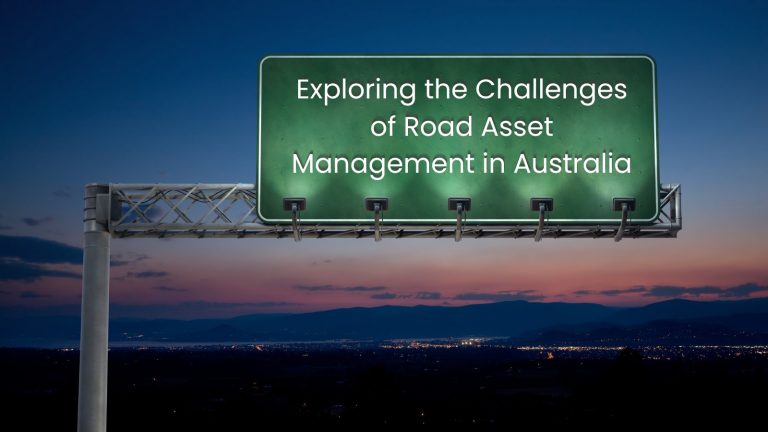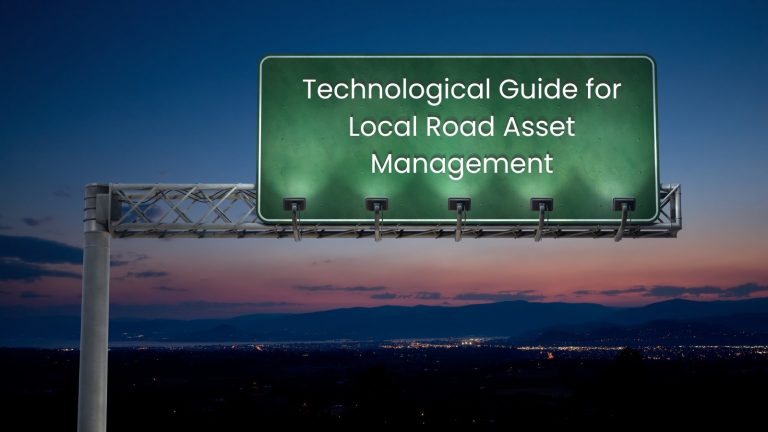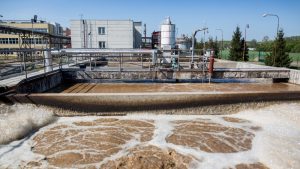Australia is a country that has an uncountable number of roadways for transportation purposes. It is actually highly rich in good-quality transportation elements. However, just like any other industry, this transportation field also has to face numerous challenges during its day-to-day operations. From asset collapse and ageing to immensely increasing traffic, there are many reasons behind this challenge, and it is unnecessary to say that this has become a headache for the Australian road management authorities. What can they do to prevent road asset obstacles?
In this article, we are talking about the main barriers faced in the road management aspect and what the Australian authorities should do from the technological end.
We will Discover
Exploring the Challenges of Road Asset Management in Australia

Ageing Infrastructure
This is the number one reason behind road asset quality breaches in Australia. Over time, roads deteriorate due to factors like heavy traffic, weathering, and inadequate maintenance.
As infrastructure ages, it becomes more prone to defects such as cracks, potholes, and structural weaknesses. This leads to increased safety risks for motorists and higher maintenance costs for authorities.
Addressing the maintenance needs of ageing roads requires significant investment and resources. Sometimes this can be unbearable for the authorities.
Moreover, it is challenging to immediately handle all maintenance needs due to the problem’s immense extent, financial limitations, and conflicting objectives.
It is a visible fact that managing ageing infrastructure demands a strategic approach that balances safety, budgetary constraints, and long-term sustainability to ensure the continued functionality and safety of Australia’s road network.
Climate Change Impacts
The increasing frequency and intensity of extreme weather events, such as floods, storms, and bushfires, accelerate the deterioration of road infrastructure, which leads to more frequent repairs and maintenance.
On the other hand, rising temperatures can also cause pavement materials to soften, resulting in rutting and deformation. Plus, changes in precipitation patterns affect drainage systems, increasing the risk of flooding and erosion.
These climate-related impacts strain already limited resources allocated for road maintenance and upgrades.
It is evident that addressing climate change impacts requires proactive strategies, including infrastructure resilience planning, the adoption of climate-resilient materials and designs, and enhanced monitoring and maintenance practices to ensure the long-term sustainability and functionality of Australia’s road network. Because you cannot predict the environment’s agenda in the first place!
Increasing Traffic Volume
This receives a top spot on the list of challenges. Higher traffic volumes accelerate the wear and tear on road infrastructure, leading to more frequent maintenance requirements and shorter asset lifespans.
In addition to negatively affecting the experience of road users, heavy traffic also makes congestion worse, raising the possibility of accidents and damage to the road. Plus, the need for road extensions and modifications to handle increasing traffic puts further strain on already limited funds and resources.
If the authorities need to ensure the efficient and safe operation of Australia’s road network amid continuous growth in traffic demand, they are required to find robust solutions to address the challenges of increasing traffic volume. Also, this requires strategic planning, prioritising maintenance and upgrade projects, and investing in innovative technologies and infrastructure solutions.
Asset Performance Monitoring
The vast and diverse road network requires continuous monitoring to assess the condition, functionality, and safety of assets. However, existing monitoring methods are outdated or insufficient. This leads to gaps in data collection and analysis.
Limited resources and funding can slow the implementation of comprehensive monitoring systems. On the other hand, variations in environmental conditions across regions complicate the establishment of standardised monitoring protocols.
How can they predict situations without accurate and timely performance data? No wonder the Australian authorities struggle to prioritise maintenance activities effectively. This results in suboptimal asset management practices, potentially compromising road safety and service levels.
Overcoming these challenges cannot be done overnight, for sure. It requires investment in advanced monitoring technologies and standardised data collection processes across the entire road asset network.
Technological Guide for Local Road Asset Management

Internet of Things (IoT) Sensors
If they can strategically place IoT sensors along roadways, Australian authorities can collect real-time data on various parameters, such as traffic flow, road conditions, and temperature. This data provides invaluable insights into the state of road infrastructure. Also, it allows for proactive maintenance interventions and optimisation of asset performance.
Authorities can quickly identify problems like potholes, cracks, or traffic jams with the help of IoT sensors that are constantly monitoring road conditions. This allows for immediate repairs and interventions to ensure the effectiveness and safety of the road network.
With the enrichment of real-time data they receive through the whole IoT integrated system, Australian authorities can make data-driven decisions, allocate resources effectively, and enhance the overall management of road assets.
Remote Monitoring Systems
This means the implementation of cameras and sensors along roadways to continuously monitor the condition of road assets.
As you can see, they can detect issues such as cracks, potholes, or signs of wear in real-time. These remote monitoring systems help authorities quickly address maintenance needs and ensure road safety without causing any confusion. The main benefit is that these systems can trigger maintenance alerts automatically, allowing for swift responses to emerging issues.
Yes, remote monitoring provides comprehensive and timely data on the state of road infrastructure. With this much volume of data in hand, authorities can optimise maintenance schedules, allocate resources efficiently, etc. This initiative ultimately enhances the effectiveness and sustainability of local road asset management efforts across Australia.
Predictive Analytics
This is like receiving a technological weapon to foresee the future.
If they can implement advanced data analytics techniques, Australian authorities can analyse both historical and real-time data to forecast potential failures or maintenance requirements for road assets.
It is indeed a proactive approach. The latter allows timely interventions and cost savings by addressing issues before they escalate into bigger issues.
The other outstanding fact is that predictive analytics helps with the prediction of expected traffic volumes as well. This aids in the optimisation of road infrastructure planning and resource allocation.
With predictive analytics, local road authorities in Australia can make informed decisions, like seeing through a magnifying glass. They can prioritise maintenance tasks effectively and enhance the efficiency and resilience of their road networks.
Autonomous Vehicles and Drones
These cutting-edge technologies, which are equipped with sensors and cameras, can rapidly recognise maintenance needs and analyse asset conditions with increased efficiency and safety. As they conduct routine autonomous inspections of roads in the area, it is no longer a challenge to ensure the roads are up to expectations.
Authorities can move beyond the conventional problems of manual inspections, such as human error and restricted access to dangerous or inaccessible places if they can utilise autonomous vehicles and drones.
This is an innovative approach, for sure. The latter not only enhances the accuracy and speed of asset condition assessments but also minimises disruptions to traffic flow and reduces the risk to inspection personnel as a bonus.
Paving the Way for Optimal Road Asset Management in Australia

If optimal road asset functionality is the target of the Australian road authorities, they need to try out different yet innovative solutions. Technology is evolving in today’s world, and it is there to be utilised for the necessary tasks. With cutting-edge technologies, it will not be a problem for Australia to ensure its road asset network is top-notch.







